Different Strengths and Types of Glass

Different Strengths and Types of Glass
Glass is a hard substance, brittle in nature, that is manufactured by the use of a fusion process and used for architectural and construction purposes in buildings. During the manufacturing process and is fused with soda, lime, and other admixtures before being rapidly cooled. There are different types and strengths of glass used for a variety of purposes. The engineering properties of glass include transparency; workability; strength; U-value; transmittance; and recycle-ability.
Transparency is the main property of glass that allows light to enter and offers a vision of the outside world.
The strength of glass is dependent on the rupture value modulus of the glass. Glass is generally a brittle type of material, but its strength can be improved by adding laminates and admixtures to the formula.
A superior property of glass is its workability which allows it to be shaped and molded during the melting process. Transmittance is the property of glass that allows a visible fraction of light to pass through the glass.
U value represents the amount of heat that is transferred through the glass. Insulated glass units have a lower U-value.
Float Glass
Also called soda-lime glass, float glass is made from calcium silicate and sodium silicate. It is flat and clear which causes glare and is mostly used in public places and as shop windows. They come in different strengths and thicknesses of between 2mm and 20mm and a range of weight between 6kg per square meter and 36kg per square meter.
Shatterproof Glass
A type of polyvinyl butyral is used in the manufacturing process that prevents it from forming sharp cutting edges when it breaks. The glass is extremely strong and used primarily for widows, vehicle windscreens, glass flooring, and skylights.
Laminated Glass
Laminated glass is a combination of different layers of glass which gives it more weight than normal glass. It is thicker than normal glass and is also UV and sound-proof. Laminated glass is used for applications such as bridges and aquariums.
Chromatic Glass
The unique properties of chromatic glass make it extremely strong and suitable for use in meeting rooms, offices, and shopfronts. It protects the interior of properties from daylight by controlling the transparency of the glass. Some chromatic glass is photochromic containing light-sensitive lamination while others are thermo-chromatic containing heat-sensitive lamination or electrochromic with electric lamination over the surface of the glass.
Toughened Glass
Also called tempered glass, it is extremely strong and available in a variety of thicknesses. When broken small granular pieces of glass are formed that can be dangerous. Toughened glass is mainly used for mobile screens and fire-resistant doors.
Glass Blocks
Glass bricks are formed when two different halves of glass are pressed together and annealed during the melting process. Glass bricks can provide an aesthetic appearance and are mostly used for skylights and the construction of interior or exterior walls.
Glass Wool
Made from fibers of glass, glass wool is fire-resistant glass that is extremely strong and used as excellent insulating fillers.
Insulated Glazed Units
Two or three layers of glass separated by air or gas form insulated glazed glass units that are good insulators as they do not allow heat to enter. They are also two or three times stronger and more difficult to break than normal glass panes which improve security and reduces energy consumption.
All credit goes to Inland Glass

